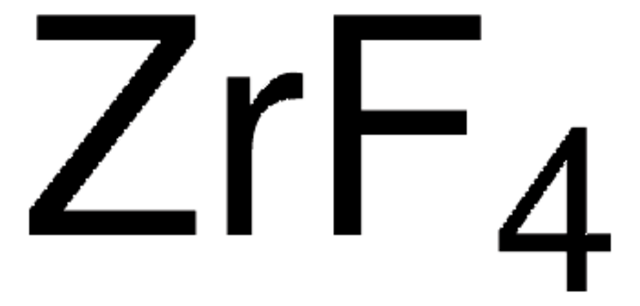464236
Zirconium(IV) hydrogenphosphate
Sinónimos:
α-Zirconium phosphate, γ-Zirconium phosphate, Zirconium bis(hydrogen phosphate), Zirconium bis(monohydrogen orthophosphate), Zirconium hydrogen orthophosphate
About This Item
Productos recomendados
form
powder
reaction suitability
reagent type: catalyst
core: zirconium
density
3.3 g/mL at 25 °C (lit.)
application(s)
battery manufacturing
SMILES string
[Zr+4].OP([O-])([O-])=O.OP([O-])([O-])=O
InChI
1S/2H3O4P.Zr/c2*1-5(2,3)4;/h2*(H3,1,2,3,4);/q;;+4/p-4
InChI key
QOKYJGZIKILTCY-UHFFFAOYSA-J
Categorías relacionadas
application
signalword
Warning
hcodes
Hazard Classifications
Skin Sens. 1
Storage Class
11 - Combustible Solids
wgk_germany
WGK 3
flash_point_f
Not applicable
flash_point_c
Not applicable
ppe
Eyeshields, Gloves, type N95 (US)
Certificados de análisis (COA)
Busque Certificados de análisis (COA) introduciendo el número de lote del producto. Los números de lote se encuentran en la etiqueta del producto después de las palabras «Lot» o «Batch»
¿Ya tiene este producto?
Encuentre la documentación para los productos que ha comprado recientemente en la Biblioteca de documentos.
Los clientes también vieron
Nuestro equipo de científicos tiene experiencia en todas las áreas de investigación: Ciencias de la vida, Ciencia de los materiales, Síntesis química, Cromatografía, Analítica y muchas otras.
Póngase en contacto con el Servicio técnico











